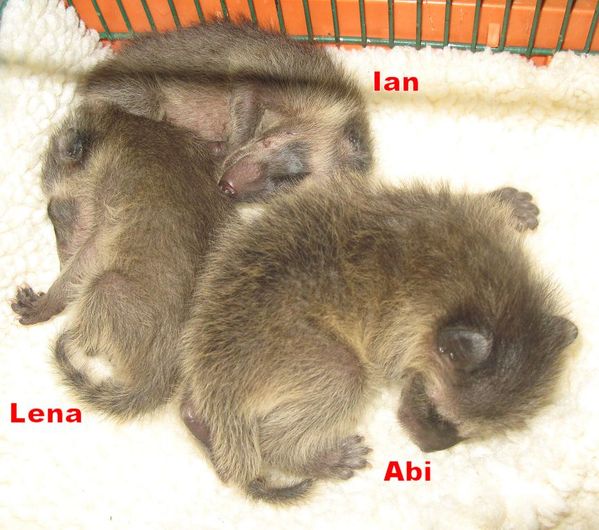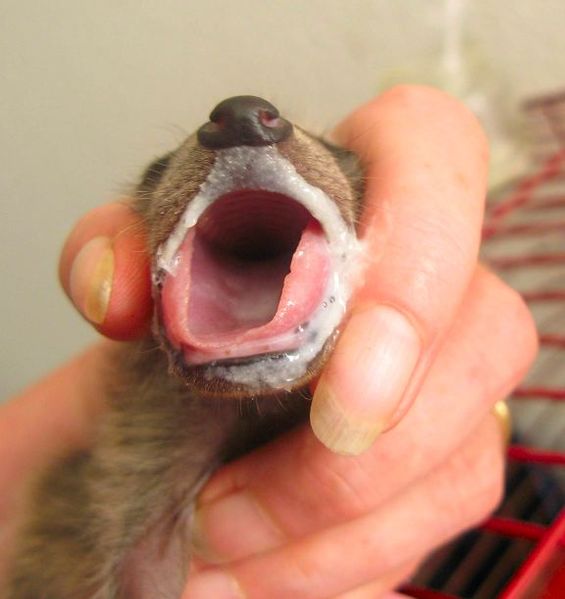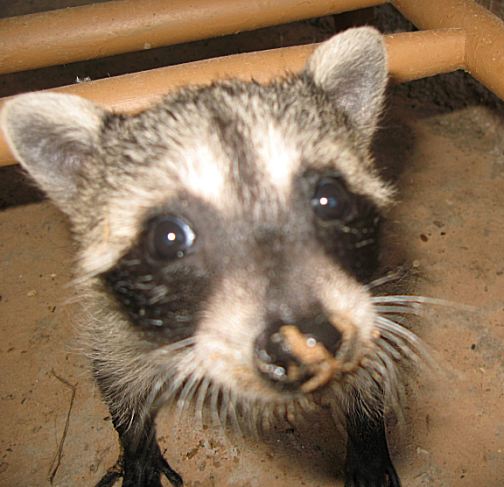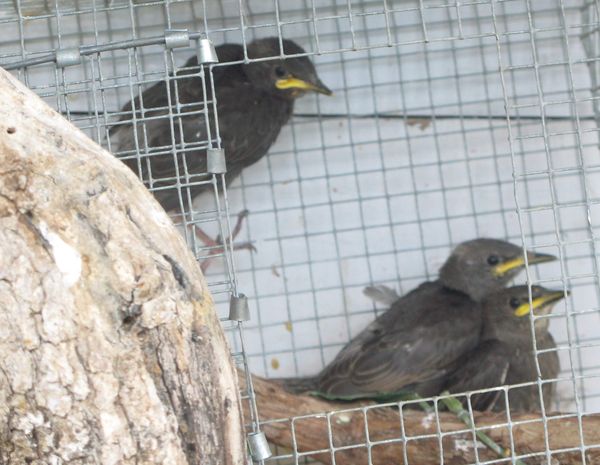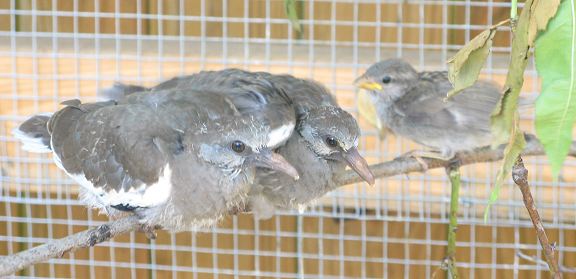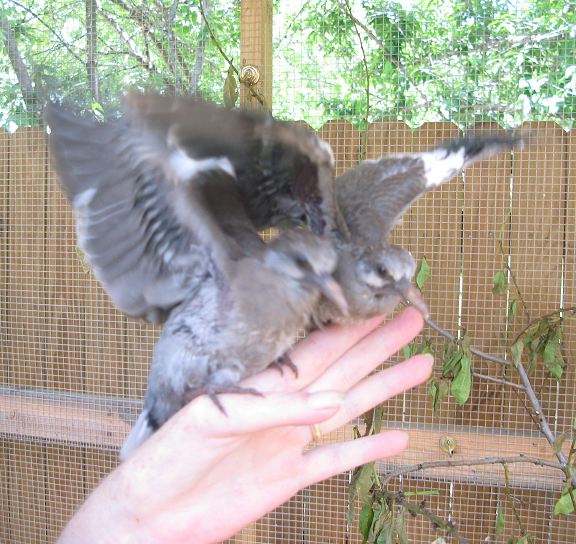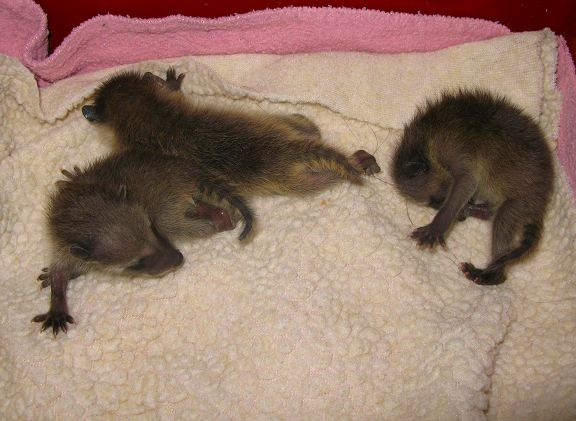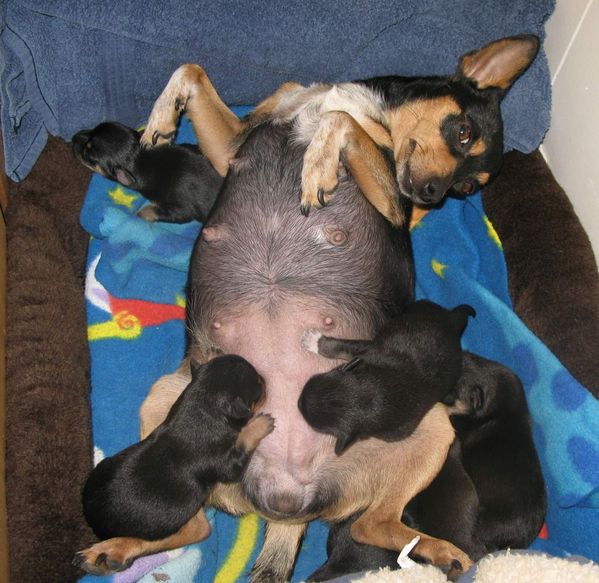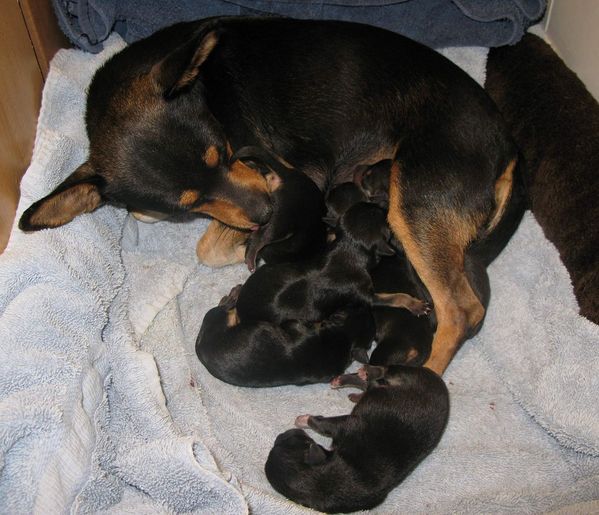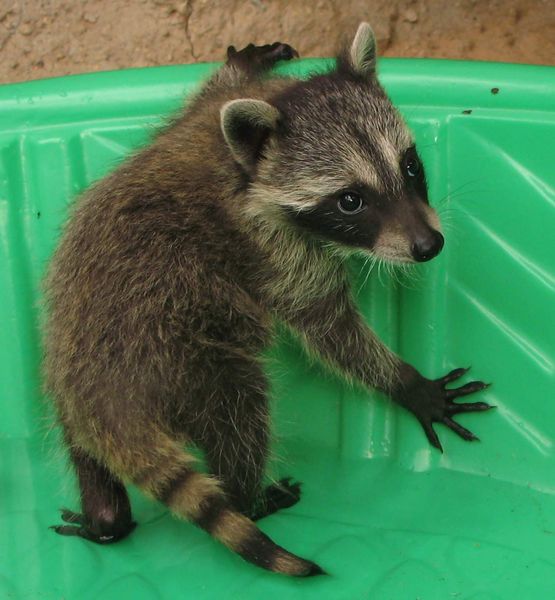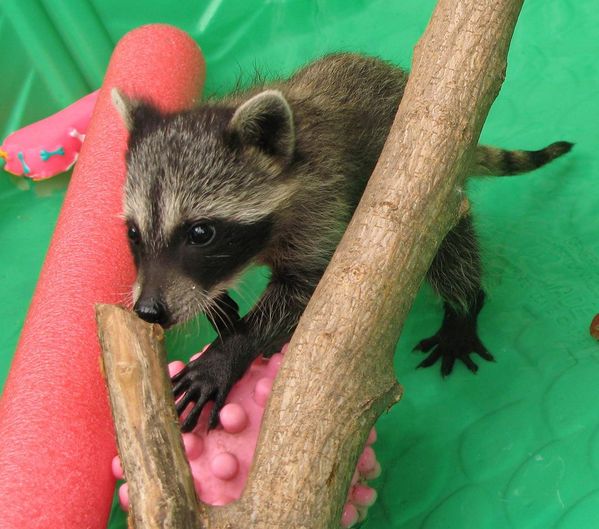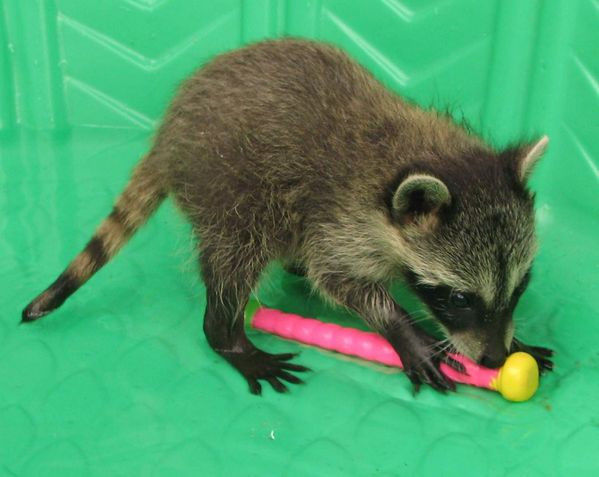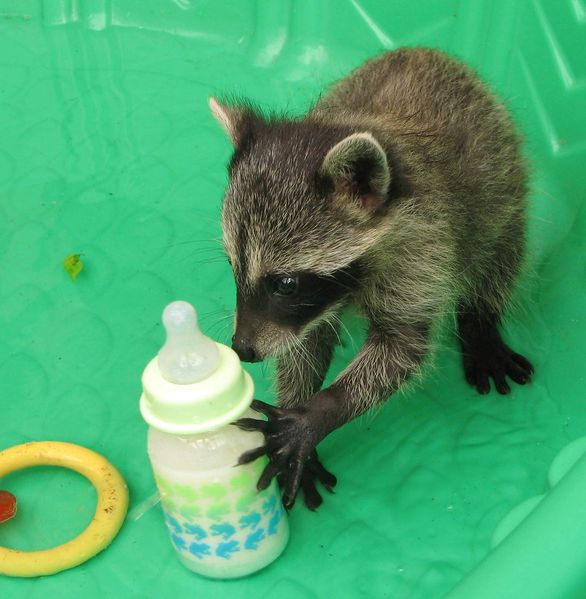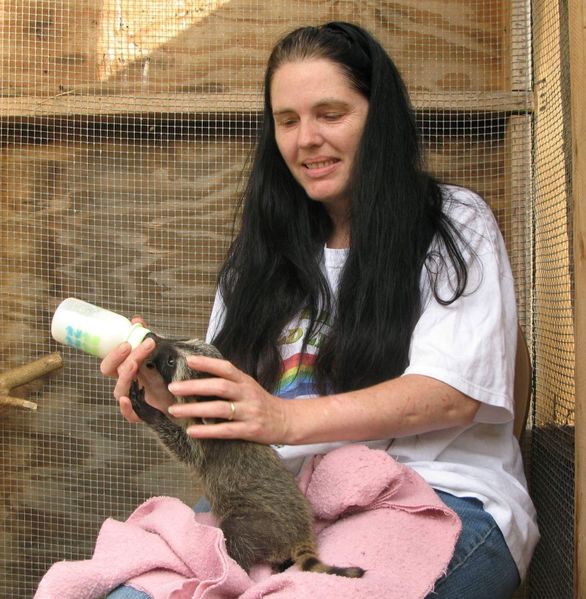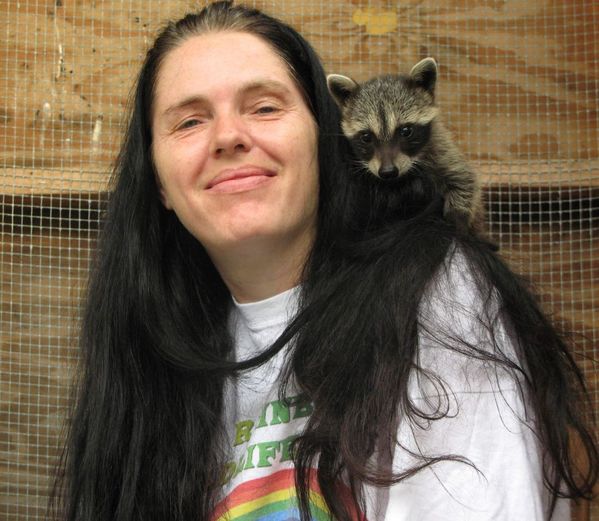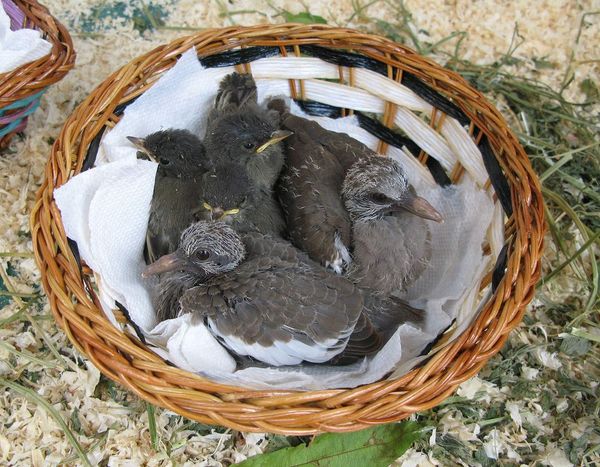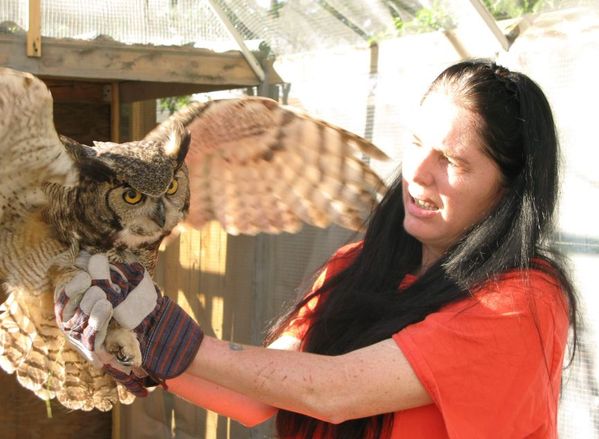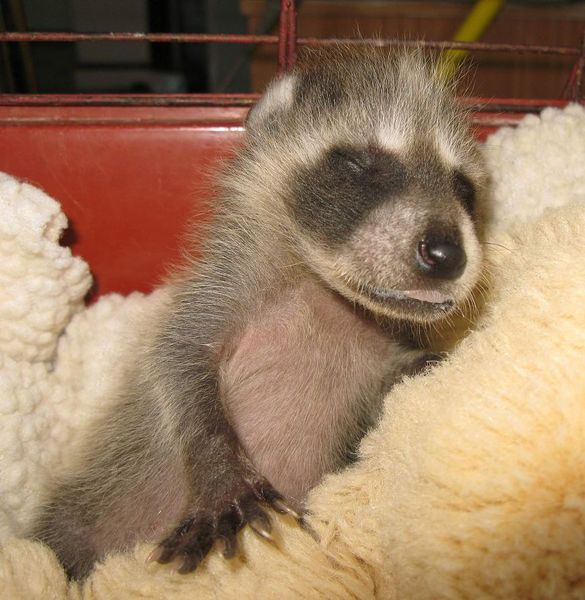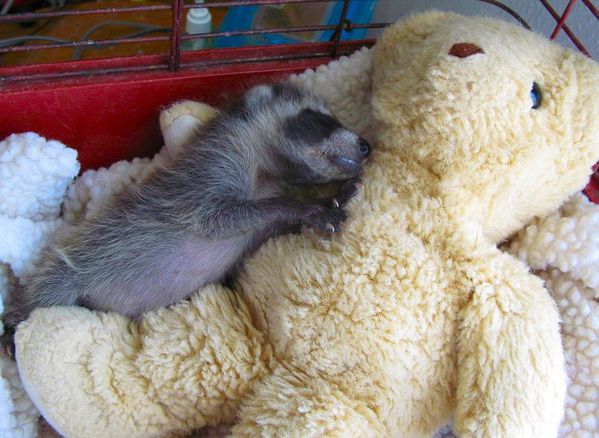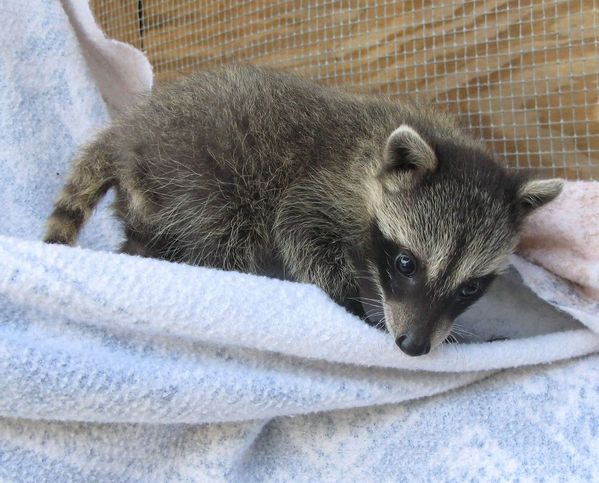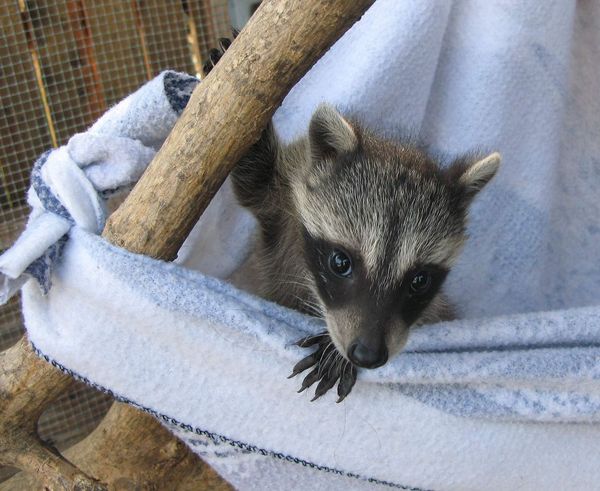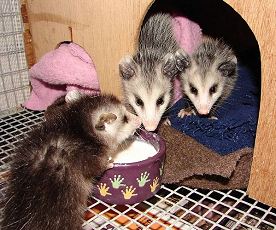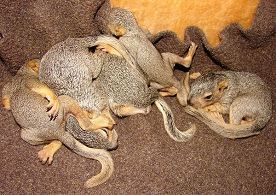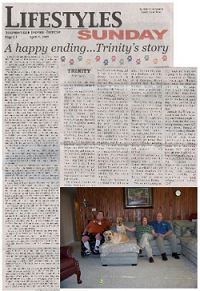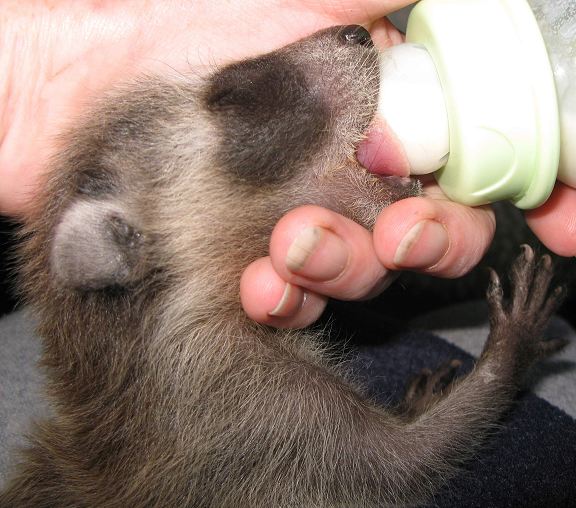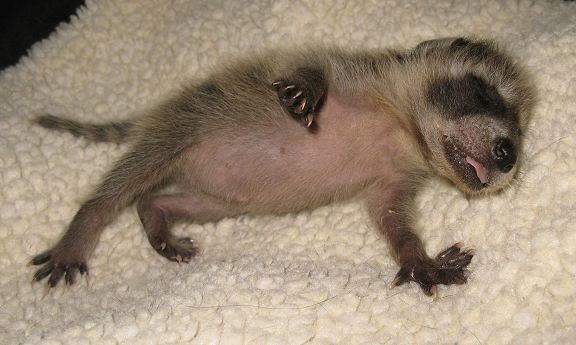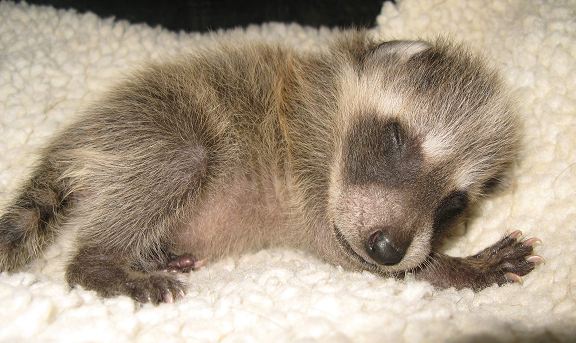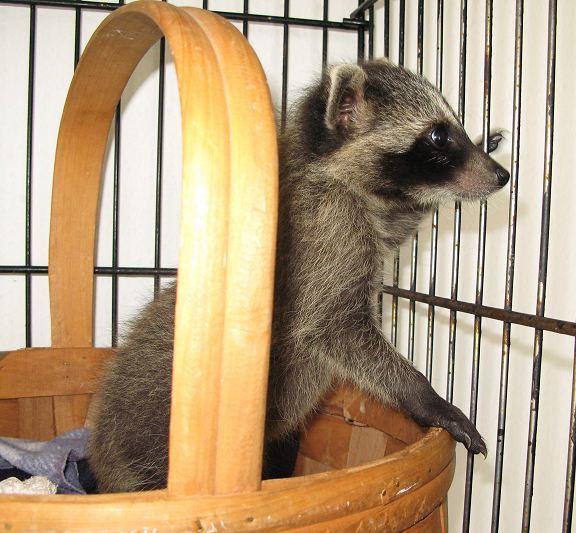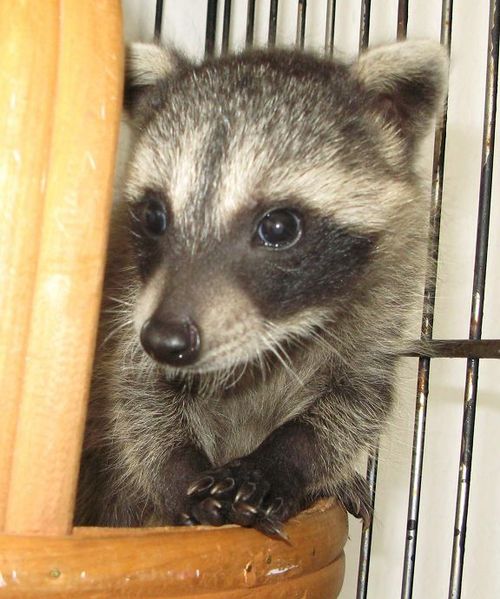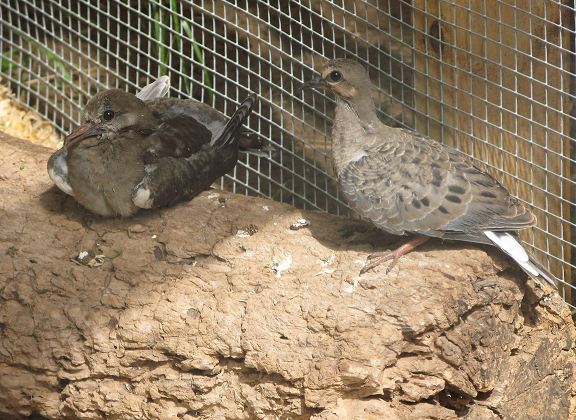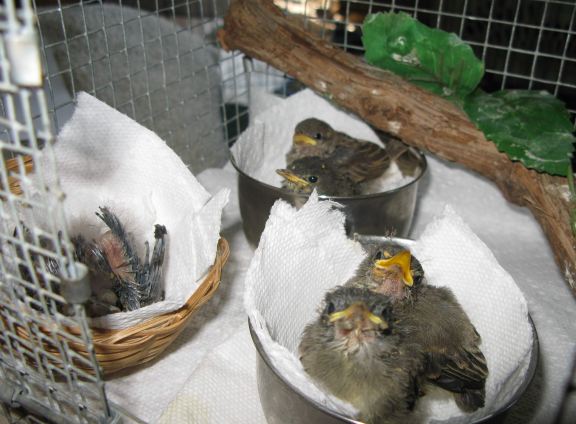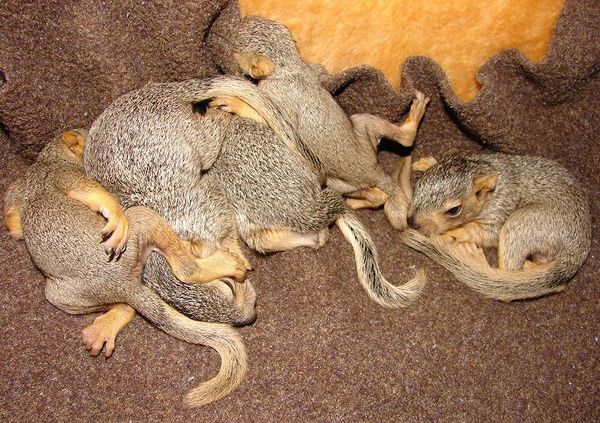http://www.empiretribune.com/articles/2009/03/30/news/doc49d0cb21438d4160110053.txtKnow your neighborhood wildlife - rabbitsBy TOM PIPERSON
Special Contributor
Published: Monday, March 2, 2009 9:26 AM CSTMost folks living in Erath County have encountered rabbits. Coexisting with these furry, fertile creatures is not difficult once you understand them.
The most common rabbit species in Texas is the eastern cottontail, identified by its 2-3 lb. body, brown or gray coat, white belly, and distinctive white tail. They are common in brushy areas from southern Canada to South America.
Cottontails are an important part of the food chain, preyed on by more species than almost any other animal. Their amazing fertility is Mother Nature’s way of compensating to ensure their survival as a species.

Cottontails feed in the evenings or at night. Their diet consists of a variety of green plants, barks, buds, and grasses. Unlike the jackrabbit, which are actually a larger and more muscular member of the hare family, cottontails are true rabbits. This distinction is important, as hares are born virtually self-sufficient - eyes open, body fully furred, and with the ability to hop around only moments after birth - whereas rabbits are born hairless, blind, and helpless.
The eastern cottontail’s nest is a saucer-like depression three or four inches deep and about eight inches across, lined with mouthfuls of soft, dead grass mixed with hair from the mother’s breast. A covering of grass and hair is used to hide the nest and keep the young “kits” warm and dry.
Rabbit mothers, called “does,” nurse their babies for approximately 5 minutes a day. The milk is very rich and the babies fill up to capacity within minutes. Mother rabbits do not sit on the babies to keep them warm as do some mammals and birds. They will be in the nest early in the morning and then again in the evening, which gives the impression that the kits have been abandoned.
Most baby cottontails that end up in human care do not survive despite the honorable intentions of their kind-hearted rescuers. If you come across a nest of bunnies in the wild and the doe is nowhere in sight, please do not disturb them. By removing them from the nest you are greatly reducing their chances of survival. Individuals raising orphaned babies must not treat them as pets.
There is a 90 percent mortality rate with orphaned baby rabbits in human care, especially cottontails. This number increases if the rabbits are very young and their eyes still closed. They are extremely hard to save. There is little substitute for the nutrients their mother’s milk provides. Often they die of bloat, improper feeding or overfeeding. Many die even when people have done everything right.
Baby rabbits are cute and it is natural to want to handle them. However, they are very easily stressed by handling and noise. Any undue stress can cause them to have heart failure. They are wild animals. So before you pick up a baby rabbit with the kind-hearted intention to help the little creature, remember the following guidelines:
If you see a cottontail with its eyes open wandering around, leave it alone. It is exploring outside the nest and learning to forage for food. The nest is nearby and the baby will be able to find it. A juvenile cottontail is at least four weeks of age (about the size of a tennis ball) and no longer requires the nurturing of its mother or the protection of the nest. Do not touch the rabbit and keep pets and children away.
If your dog or cat captures a baby cottontail and you don’t know the location of the nest, follow the instructions for preparing a substitute nest and contact a wildlife rehabilitator as soon as possible. Contact with cats is frequently fatal to young animals, even when no injury is apparent. Contact with dogs is usually less serious and a baby bunny could be returned to the nest if there has been no injury.
Rabbits will still care for their babies even if they have been touched by human hands. If you find a nest that has been destroyed, you can move it or rebuild it in a safer area within 10 feet of its original location. Try to lay twigs around the nest so that you can see if the mother is returning.
If you know for certain that the mother has been killed or the babies are in need of urgent help, contact a wildlife rehabilitator immediately. If the babies cannot be returned to the nest, you can take a few simple steps that will help them survive until they can be transferred to a wildlife rehabilitator.
Use a box or bucket with a lid. Punch a few holes in the container for air. Create a cup-like nest using rags, towels or paper tissues. Place the babies in the substitute nest and affix the lid securely. Even very small bunnies can escape from an open box. Place the container in a warm, quiet place, away from household sounds, odors, children, and pets.
Place half of the cottontail’s container on an insulated heating pad set on low (to insulate the pad, wrap it in a towel) or apply an overhead light. Check the container (do not touch the animal itself) every few minutes to avoid overheating. Alternatively you can fill a soda bottle with warm (not hot!) water, wrap it up in a T-shirt or towel and place it near the baby. Make sure the bottle is secure enough so it cannot roll onto the baby.
Do not attempt to feed babies whose eyes are sealed shut. These infants require a carefully developed formula delivered at the proper strength and amount, and feeding them anything else could compromise their survival.
An older baby whose eyes are open may be offered clean grass and clover (pulled from an area void of pesticides and herbicides), a bit of fresh apple, dry oatmeal, and a shallow dish of water. Do not hand-feed or force-feed a baby cottontail.
Cottontails of any age usually become very stressed in captivity. Do not handle or pet them and keep the container covered at all times. Being confined in a limited space with an open top or sides may cause the cottontail to panic and literally traumatize itself to death. If using a cage or other see-through housing, cover it completely using a sheet, towels, or newspapers.
Do not hold, pet, or talk to the cottontail. When confined, older cottontails may appear to be calm and tame; in reality they are scared to death, frozen in fear. Cottontails have also been known to suffer heart attacks due to the trauma of confinement and handling.
The Rainbow Wildlife Rescue, a non-profit organization in Stephenville, is working with local animals, wild and domestic alike. We accept squirrels, opossums, rabbits, raccoons and some birds. We do not accept skunks, deer, bats, foxes, coyotes, or reptiles.
Contact Birgit Sommer, a licensed wildlife rehabilitator, at 254-968-4626 if you come across an orphaned or injured wild animal.
For additional information on how to deal with orphaned or injured wildlife, or to find licensed wildlife rehabilitators outside of Erath County, please visit www.rainbowwildlife.com or e-mail help@rainbowwildlife.com.
